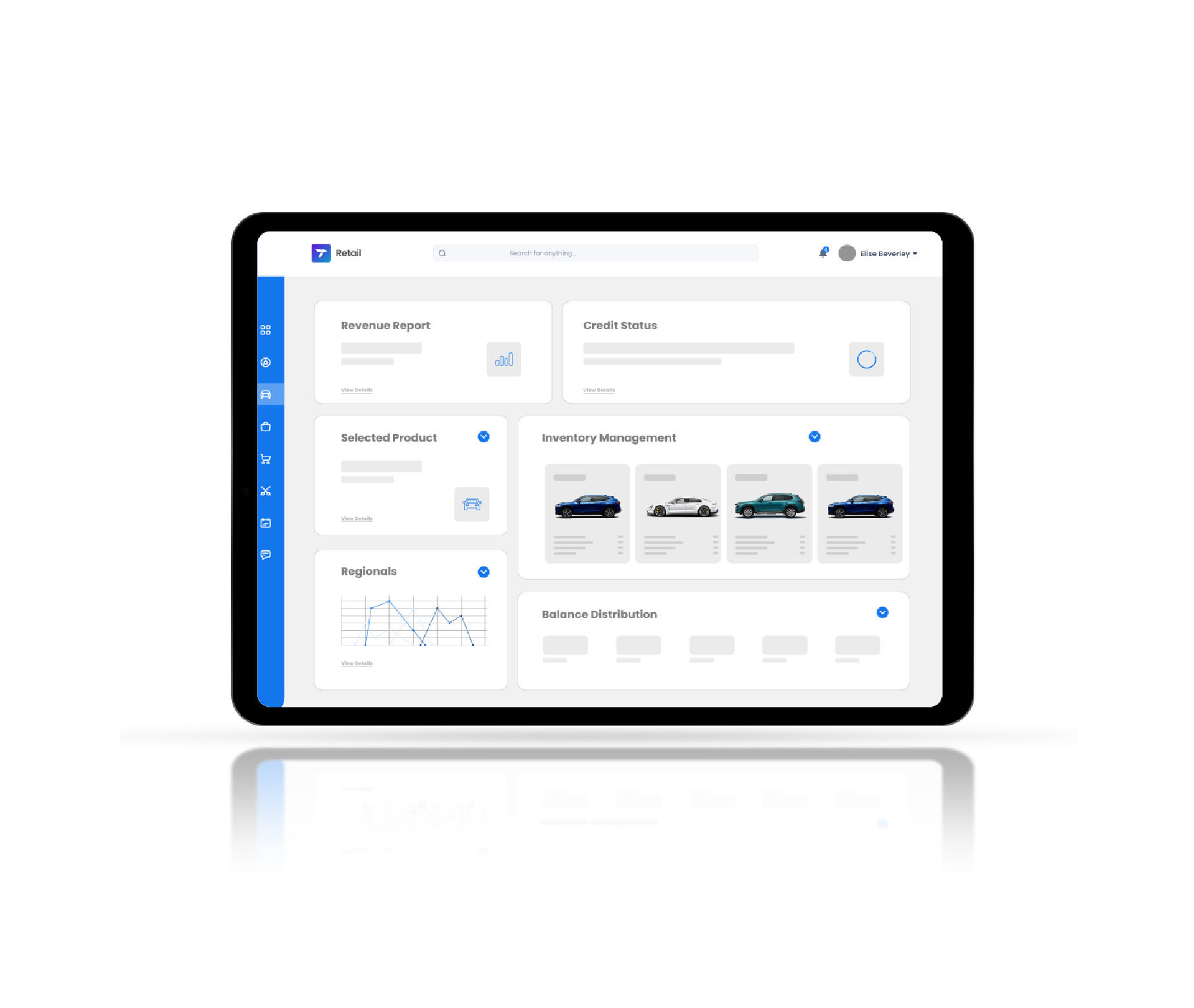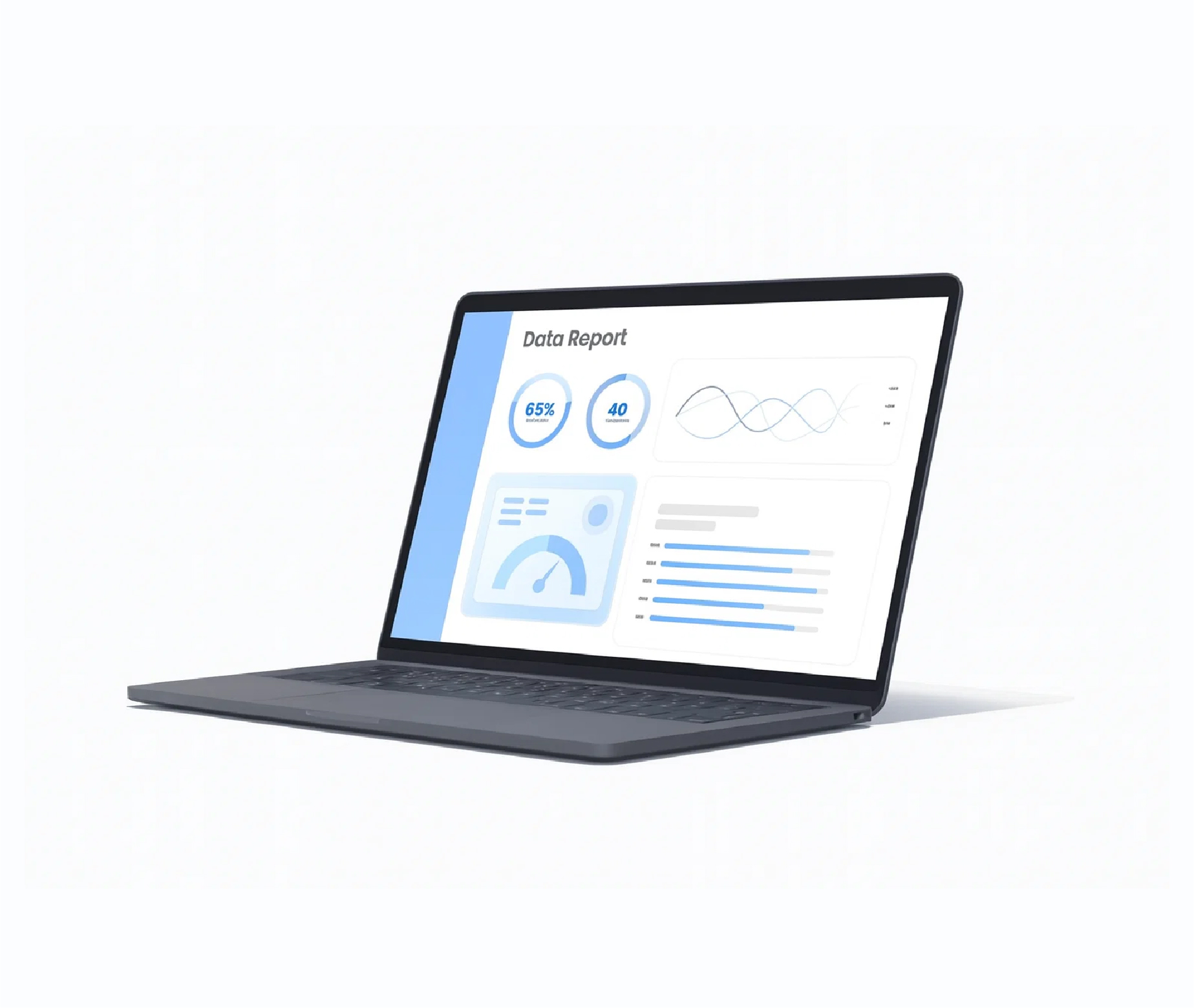Blog
The Australian finance and leasing landscape
By Farooq Ghauri, on March 12, 2024
Explore the Australian finance and leasing industry, focusing on ongoing digitization and the evolving FinTech landscape shaping the country’s financial future.

Banking down under: An overview of the Big 4
Australia's Big 4 Banks - CBA, NAB, ANZ and Westpac posted strong full-year earnings despite experiencing a decline in cash profits and net interest margins during the latter part of 2023. This dip was a result of robust competition and increased funding costs, which countered the advantages of higher interest rates. The major Australian banks therefore achieved yet another impressive annual performance.
KPMG's analysis of the 'Australian Major Banks' Full Year 2023 Results' reveals that collectively, the majors recorded a post-tax cash profit of $32.5 billion from ongoing operations, marking a 12.4% increase from FY22. The accumulated cash profits totaled $17 billion in the first half of FY23, surpassing the $15.4 billion earned in the second half of the year.
"We have seen great resilience and very strong results from the Major Banks this year," said Kim Lawry, Partner, Banking Audit and Assurance at KPMG Australia. " NIMs have been impacted by competitive pricing and rising cost of deposit funding and appear to have peaked in this rates cycle."
The ongoing growth in expenses continues to influence the banks' cost structures. In the initial six months of the year, the Big 4 Banks recalibrated their cost projections in this landscape, aiming to strike a balance between investing for future growth and enhancing productivity through strategic investments.
Presently, their attention is shifting towards revamping the cost structure by enhancing employee productivity, reforming and automating a larger portion of their fundamental business procedures and extracting more measurable returns on investment in technology to achieve tangible cost efficiencies.
"Sustainable cost transformation remains at the top of the Banks' agenda," said Vincy Ng, Partner, Customer and Operations Advisory at KPMG Australia. "Recent cost reduction activities have provided some immediate relief from inflationary pressures, with the more challenging sustainable transformation of the cost base now the focus."
The robustness of Australia's economy and its strong employment landscape have mitigated the effects of numerous interest rate hikes on credit portfolios. Yet, the slight uptick in initial-stage delinquencies could indicate that the impact of interest rate increases and the depletion of savings cushions is beginning to affect consumers. The major banks remain vigilant in closely observing customer stress levels and making provisions in anticipation of potential additional economic slowdown, considering the lagged effect of rate rises to date.
Australian finance and leasing banks are embracing heightened digitization, utilizing technological advancements to enhance the customer experience by delivering superior retail banking products and services. They are employing online data and analytics tools to gain deeper insights into their customer base.
Behind the wheel: The Australian automotive and auto finance industry
Automotive companies continue to encounter persistent challenges stemming from the industry's ever-changing market environment, encompassing advanced technologies and regulatory shifts related to climate change.
The Federal Chamber of Automotive Industries reported that in October 2023, new vehicle registrations reached 106,809 units, marking a 22.3% increase from the previous October. Over the first ten months of the year, new vehicle sales amounted to 1,006,095 units, reflecting a 12% year-on-year increase. From pre-pandemic 2019 to 2021, the average annual profit of new-car dealers surged from $600,000 to $3 million, as per data sourced from Deloitte.
Annually, Aussies access billions of dollars in financing for their car acquisitions. Following a series of cash rate hikes, interest rates on car loans have been on the rise. While the increase hasn't matched the rapid pace seen in other borrowing categories, car loan rates are no longer as low as they used to be.
The Australian Bureau of Statistics (ABS) releases lending figures on a monthly basis. Data from April 2023 indicated that the collective value of new car loans surpassed $1.14 billion. As per the Australian Automobile Association's (AAA) Transport Affordability Index, car loan repayments notably increased in 2023, attributed to elevated car prices and interest rates.
Vehicle buyers are not only researching online when looking to purchase a new car, but are increasingly willing to carry out the entire process digitally. "The impact of the pandemic has significantly shifted customer behaviours, with more choosing to engage with auto finances online," stated Craig Neville, Toyota Finance Australia's Retail Customer Experience GM. "There's increasing competition from new FinTech enabled financiers who strongly responded to changing behaviours by rapidly delivering online features to customers. These factors combined have hastened our need for digital and customer transformation."
In October 2023, the Australian new vehicle market eclipsed the magic million sales mark with two months to spare - the first time it has achieved this milestone. During the month, there was a 32.2% year-on-year rise in passenger car sales, totaling 17,616 units. SUV sales increased by 22.3% to reach 59,259 units, while LCV sales saw a 19.7% increase, totaling 25,681 units. MHCV sales experienced a 4.5% increase, reaching 4,253 units. Electric vehicles (EVs) accounted for a 5.7% share of the market.
Among the auto manufacturers, Toyota sales increased 11.2% year-on-year to 20,298 units, Mazda observed a significant 61.3% surge, totaling 9,316 units. Ford sales increased 10% year-on-year to 8,605 units, Hyundai recorded a 25.2% rise to 6,620 units, while Mitsubishi saw a 6.9% increase to 6,395 units. The best-selling vehicles in October 2023, in order, were the Toyota Hilux, Isuzu Ute D-Max and the Toyota RAV4. The Toyota Hilux has topped the Australian sales charts for several years now.
"The Australian market has demonstrated incredible strength and vitality throughout 2023, culminating in Australia reaching one million sales in October for the first time," stated Tony Web, CEO of the Federal Chamber of Automotive Industries (FCAI). "After some challenging years through COVID, this milestone speaks to the range of vehicles available to consumers, affirming Australia's position as one of the world's most dynamic and competitive markets. It also reflects vastly improved supply chains."
Over the previous year, sales for new EVs surged by 65%. While they still only constitute under 4% of the total motor vehicles in Australia, their recent rapid growth cannot be denied. An increasing number of financial institutions are offering reduced interest rates on loans for electric vehicles, aiming to assist Australians in transitioning. Currently, over 20 banking institutions in Australia provide special offers on low-emission vehicles.
Earlier this year, CBA introduced rate discounts for EVs and renewable equipment. Bank Australia, in alignment with its goal to achieve net-zero by 2035, has actually declared its cessation of financing options for those seeking funds to purchase petrol or diesel cars. Westpac also offers lower interest rates on EV loans.
"We know that one of the most tangible things people can do to reduce their carbon footprint is to reduce emissions from their personal transport," said Peter van der Westhuyzen, Head of Institutional, Direct and Customer Solutions for Macquarie's Personal Banking. "For many Australians who are considering buying an EV, wanting to make a positive impact on the planet is where the decision starts."
The evolving Australian equipment finance and leasing sector
According to the World Leasing Yearbook 2024, the Australian Finance Industry Association (AFIA) estimated that as at June 30, 2023, total new equipment finance (inclusive of fleet leasing) was A$38.9 billion. Consistent with prior years, funding by equipment type was mostly spread across cars/light commercial, mining/earthmoving, equipment and trucks, trailers and buses. Chattel mortgages continue to be the preferred origination product in Australia.
Providers of equipment finance and leasing are utilizing digital ecosystems designed to manage the diverse origination channels within the industry. These systems eliminate complexities associated with handling multi-channel assets after execution, leading to substantially reduced operational and time costs. This sophisticated process provides centralized management of data throughout an entire portfolio, enabling equipment finance experts to access metadata from different origination channels and asset categories.
NAB's finance for businesses for green equipment witnessed a surge of 59% between April and June 2023, as numerous businesses seized the opportunity presented by government incentives to upgrade their equipment while simultaneously lessening their carbon footprint. Data also revealed substantial demand for energy-efficient agricultural equipment, witnessing a whopping 226% growth in finance, followed by a 129% increase in solar upgrades.
Julie Rynski, NAB's Executive for Business Metro, stated that the bank was closely working with numerous customers to assist them in their shift towards a future characterized by lower emissions. "There's an increasing appetite from our business customers to better understand how they can cut their emissions," she said. "Recent NAB research shows around one in five SMEs strongly intend to make an investment to improve the sustainability of their business over the next two years."
"Business owners know the value of making smart investments, and in today's economic environment they're being extra careful about where they put their money, yet many are choosing to prioritize their climate transition," she added. "Schemes such as the instant assist write-off and proposed small business energy incentive may be helping eligible businesses squeeze the most out of each dollar, driving investment into things like energy efficient farming machinery and electric heating and cooling systems."
The Commonwealth Bank of Australia (CBA) also introduced a series of green asset finance solutions aimed at aiding businesses in their investments in equipment, machinery and EVs. These initiatives aim to help businesses achieve their sustainability objectives, reduce energy expenses and enhance productivity.
States at the forefront of driving growth in financing for green equipment comprise of South Australia, New South Wales and Tasmania.
The unstoppable wave: Continued digitization and the Australian FinTech landscape
Throughout the pandemic, we observed financial services companies reshaping their business models due to the swift technological disruptions, adapting to fresh approaches in how they interact with their customer base and carry out their overall operations.
The financial services sector in Australia persists in its digital transformation, driven by factors such as advancements in technology, evolving consumer behaviors, sustainability concerns, the introduction of open banking and shifts in regulations.
Individuals across various age brackets are shifting from cash and ATMs towards digital payment methods. As per a previously conducted EY Next Wave Global Consumer Banking Survey, 30% of Australian participants anticipated increased use of mobile banking apps in the post-pandemic era, while nearly 20% planned to decrease their usage of ATMs. Additionally, nearly 40% of respondents favored contactless payments using cards or mobile wallets. Looking ahead, solutions like contactless payments, peer-to-peer transfers and mobile wallets offer financial services providers new opportunities to integrate more deeply into consumers' daily lives.
The emphasis on streamlining and managing costs has reached unprecedented levels. Prominent financial service entities, including top Australian banks, have made significant investments in automation, migrating to the cloud and digitization to reduce expenses and secure enduring growth amid a challenging landscape.
Australia's financial sector has also witnessed a transformative evolution in recent years fueled by the swift progressions in AI technology. AI's influence spans from enhancing customer experiences to revolutionizing risk management and combating fraud, fundamentally reshaping the country's financial services landscape.
"Digital has given us this amazing opportunity to completely reimagine what we do as a bank," Angus Sullivan, Group Executive, Retail Banking Services at the CBA told KPMG. "A decade ago, we thought it was about digitizing existing functionality. Now, we see digital as an opportunity to deliver greater value to our customers in many different ways. And that is leading us to entirely new business models."
The KPMG Fintech Landscape 2023 offers an extensive view of active FinTech firms headquartered in Australia, presenting an overview of trends and advancements within the sector. As of the calendar year, their research identified 830 actively operating independent FinTech companies based in Australia.
Among these, the payments sector holds the largest presence within the Australian FinTech landscape, encompassing the highest number of participants, constituting 20% of all FinTech firms in the country. This sector also boasts some of Australia's most established and mature FinTech entities.
Consistent with the previous year's findings, the lending sector remains the second-largest in the FinTech landscape, representing 17% of the total firms. Traditional banks and lenders historically underserved the consumer and SME sectors, prompting a shift towards specialized non-bank lenders and FinTech entities for funding requirements.
Further, while there was a significant surge in growth in the Blockchain and crypto sector from 2020 to 2022, the momentum has now slowed. Presently, the focus has shifted towards established and profitable FinTech companies operating within this space.
Though no one holds a definitive view of what lies ahead, we should anticipate ongoing and rapid change in the Australian financial services sector. This will likely involve further digitization, disruption of business models and the continued integration of new technologies, including AI and ML.
NETSOL Australia: Proudly serving the Australian financial services industry with unrivalled technology solutions for over three decades
With offices in Australia and across the world, NETSOL Technologies continues to futureproof operations for the Australian and global financial services industry. Our premier, next-generation platform Transcend is built on cutting-edge technology that enables banks, auto and equipment finance and leasing companies with an unmatched solution to run their retail and wholesale finance operations seamlessly.
Each application within Ascent is a complete solution in itself and can be used independently to address specific areas of the leasing/financing cycle - or collectively, as an end-to-end solution, covering the full leasing and finance cycle from quotation origination through end of contract at the retail and wholesale levels.
Ascent on the Cloud enables finance and leasing companies to gain immediate access to the same premier platform used by blue-chip and Fortune 500 companies via zero upfront fees! Explore Transcend, our financial platform for leasing options today.
Related blogs

Blog
Intelligent deal structuring: The new standard in digital retail platforms

Blog
Transforming BFSI with data engineering: Unlocking actionable insights from big data

Blog



